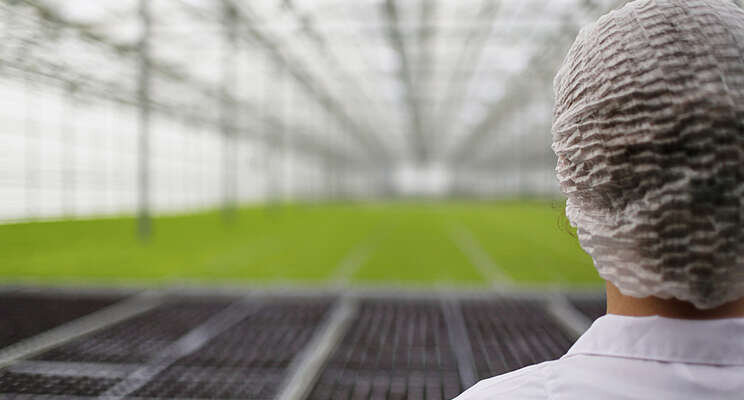Digitals twins and the path toward greenhouse autonomy
Added on 09 April 2022

This is a really exciting world, but it's also surrounded by hype. The world of digital agriculture is often misunderstood. Especially true is the concept of a digital system that represents the physical world around us, or digital twins.
We put together a primer on what these terms mean, where the industry is at currently, and what needs to happen to get to full autonomous growing.
SCADA Systems
Let's start with what's happening now. In a greenhouse or vertical farm, there are a number of systems that collect information on the growing environment. Those systems then feed that information into a centralized database, which allows growers to create workflows based on the information at hand.
SCADA is an acronym for "Supervisory Control and Data Acquisition." SCADA systems are comprised of hardware and software that allow organizations to understand what's happening in an environment in real-time and control, from both on-site and remote locations, the environment itself. They've been around for decades.
In horticulture, we use SCADA systems for managing climate, irrigation, lighting, and other input systems that affect the plants. For example, climate control systems are legacy systems that have powered greenhouses (and more recently vertical farms) for decades. Growers use programmable logic controllers (PLCs) to interact with sensors, like temperature, humidity, and CO2, to see exactly what's happening in the greenhouse currently via dashboards. They can then adjust the climate by changing set points for their HVAC systems automatically or manually.
SCADA systems are the first step toward more autonomous systems because they help us understand the present.
Digital Twins
Digital twins are digital versions of the physical world that help us understand not just the present, but the outputs of our system, and the future. If plants were inert, the SCADA systems we have in place today would be very similar to what a digital twin would look like. If we took that data and forecasted into the future, that would be a digital twin. However, plants are biological organisms. They change. So does the environment around them. In order to create a digital twin in agriculture, we have to understand the plants, the environment, how the plants interact with the environment, and how that changes as each variable changes (the outputs). It's complicated.
Photo created by wayhomestudio - www.freepik.com
Source: HortiBiz
More news















